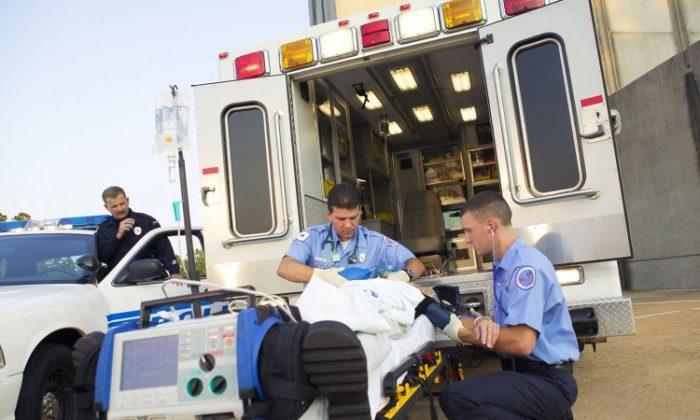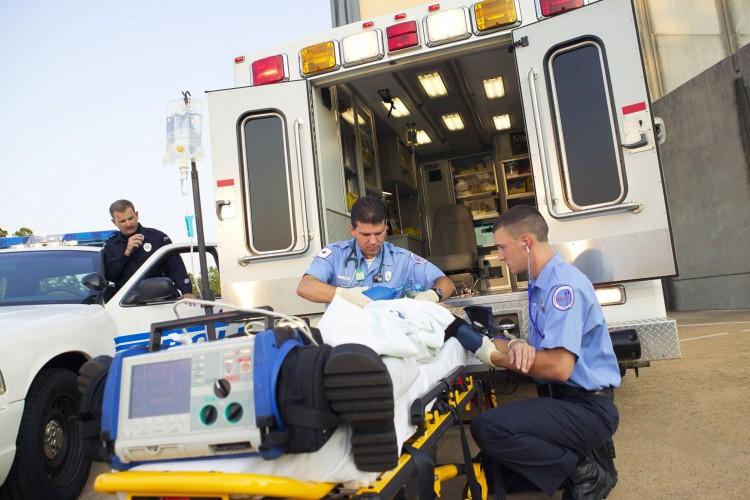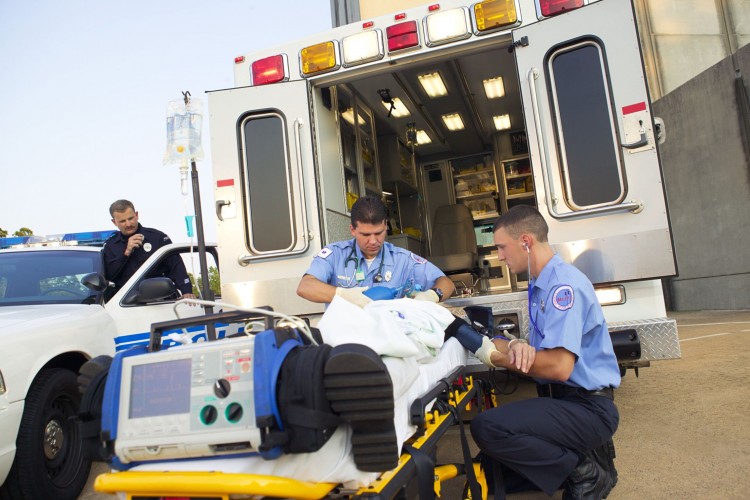A majority of paramedics have experienced a wide range of abuse on the job, according to new research published by Toronto-based St. Michael’s Hospital.
Upon the release of the study results, lead investigator Blair Bigham said in a statement that Emergency Medical Service (EMS) providers “can experience violence in the workplace as they perform their jobs in unpredictable environments and near people in crisis.”
The survey was conducted with 1,381 paramedics in Ontario and Nova Scotia in 2011. Over two-thirds of respondents said they experienced verbal, physical, or sexual abuse on the job.
Verbal abuse from patients, their family and friends, other bystanders, as well as from fellow EMS co-workers, was most commonly reported. Intimidation and physical abuse were the next highest-reported type of abuse experienced on the job.
“Anecdotal reports and workplace safety records have highlighted cases of verbal, physical, and sexual abuse, yet until now there has been little scientific research,” Bigham said.
“More research is needed to understand the impact of this workplace violence.”
According to the study, 67.4 percent of EMS workers surveyed said they had experienced verbal abuse, perpetrated primarily by patients (62.9 percent), followed by patient family or friends (36.4 percent), colleagues (29.8 percent), and bystanders (5.8 percent).
Over 40 percent of respondents said they had experienced intimidation perpetrated by patients (37.8 percent), patient family or friends (27 percent), colleagues (45.3 percent), and bystanders (3.4 percent).
Physical abuse was reported by over a quarter of EMS workers, primarily from patients (92.3 percent), followed by patient family or friends (11.1 percent), colleagues (3.8 percent), and bystanders (2.3 percent).
Although not prevalent, some respondents also reported experiencing sexual harassment, with 13.6 percent of those surveyed reporting sexual harassment perpetrated by patients (64.7 percent), patient family or friends (18.4 percent), colleagues (41.2 percents), and bystanders (8.8 percent).
Sexual assault was also reported at a lower rate, with 2.7 percent of respondents reporting assault at the hand of patients (88.9 percent), patient family or friends (7.4 percent), colleagues (14.8 percent), and bystanders (2.7 percent).
The study is published in the January issue of Prehospital Emergency Care.








Friends Read Free